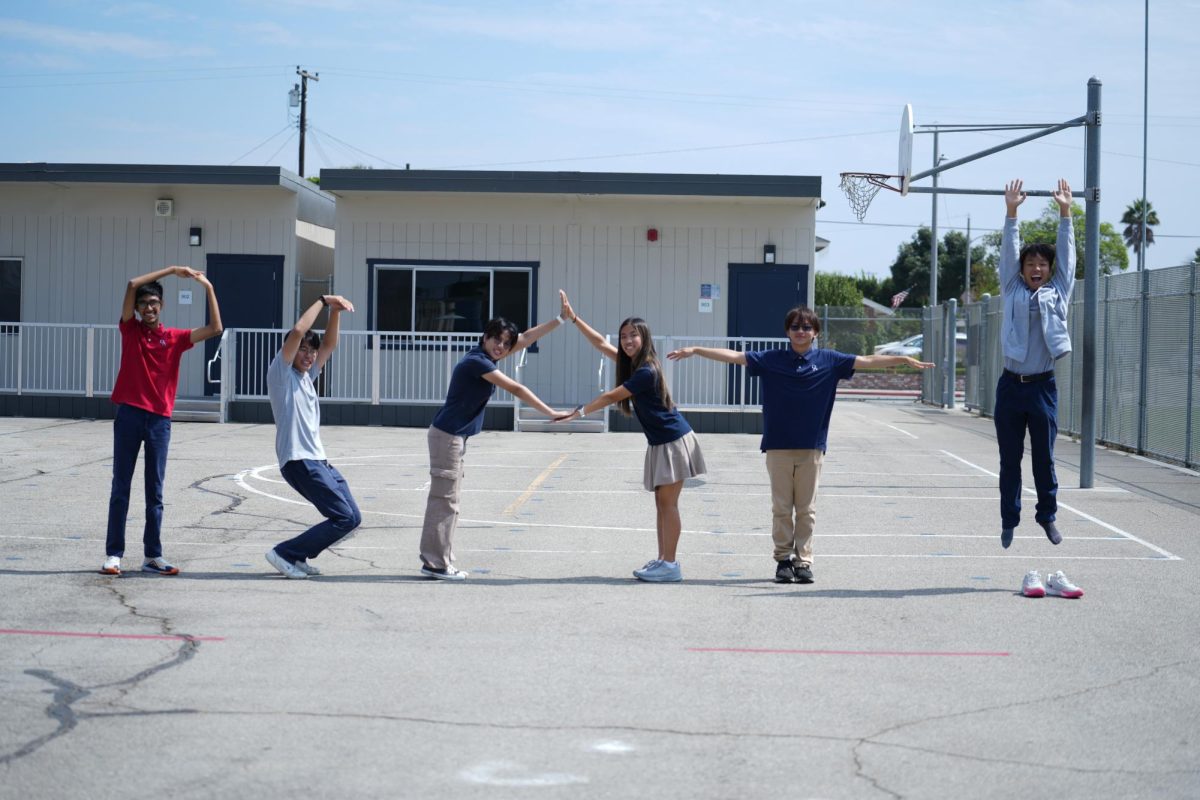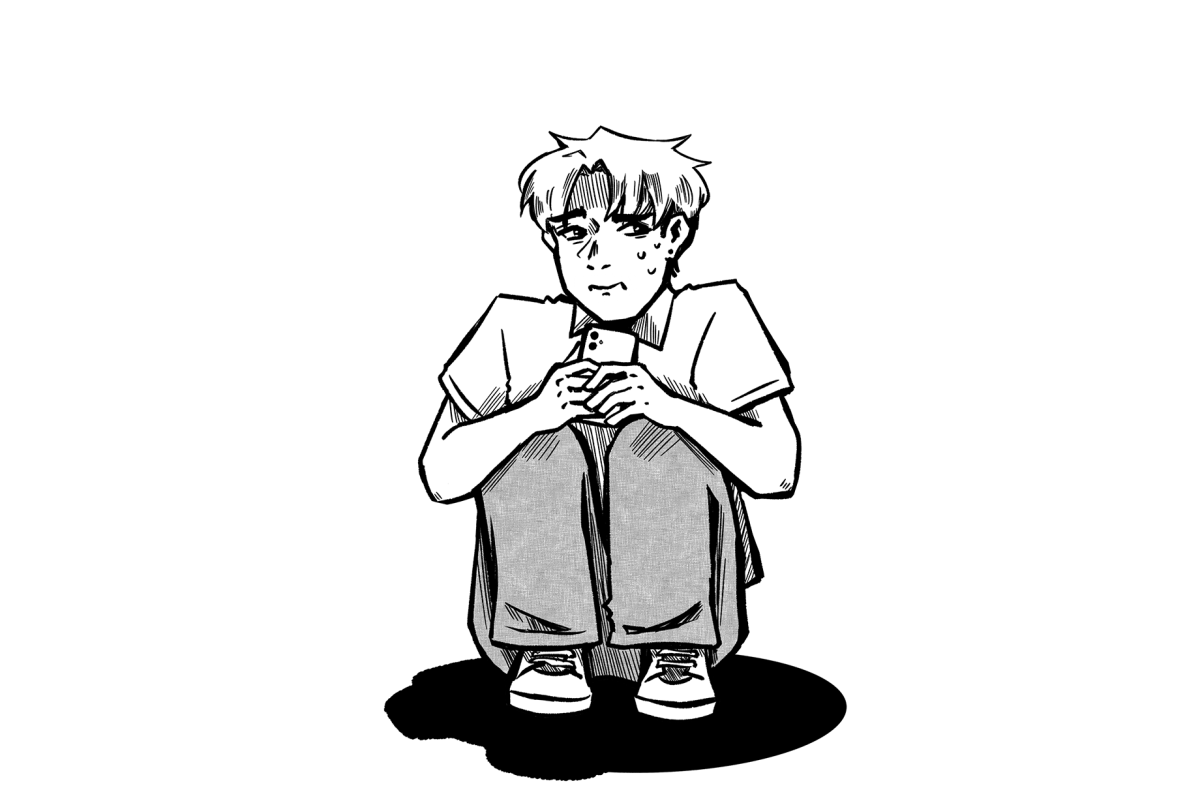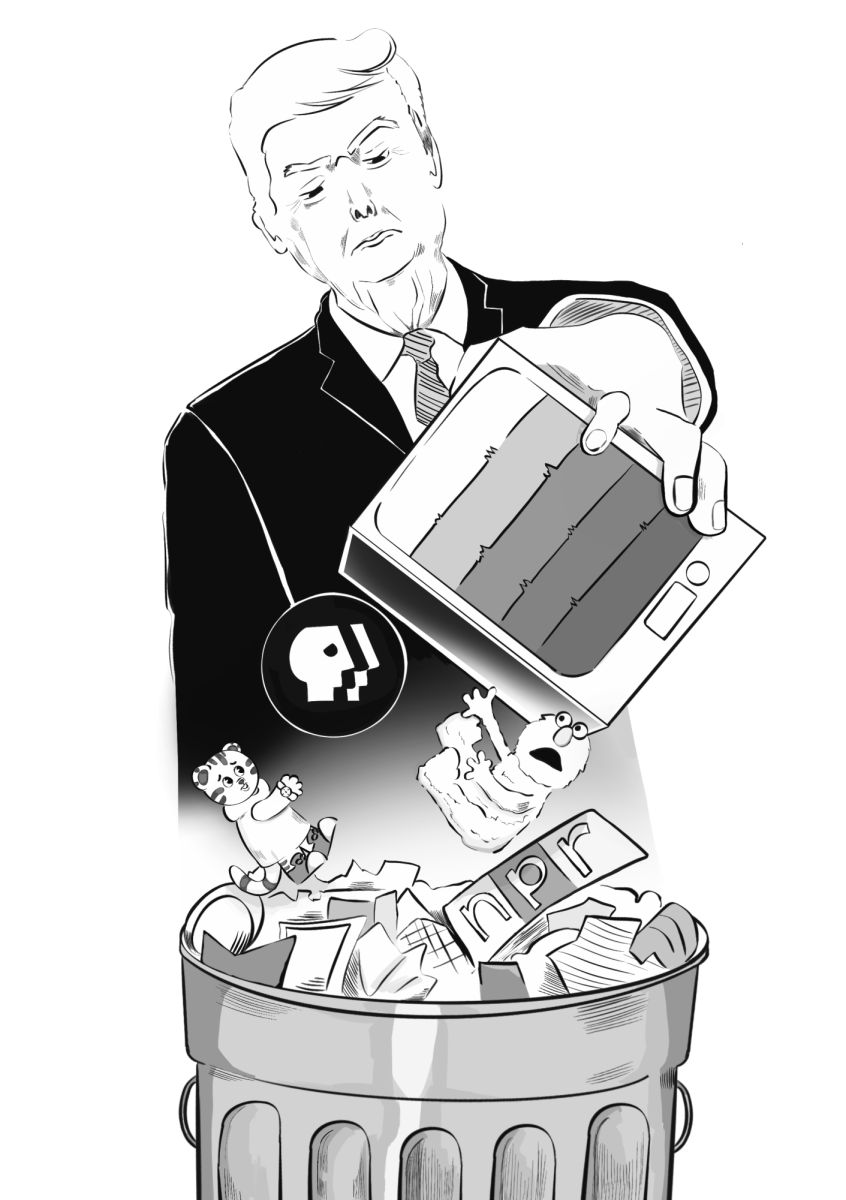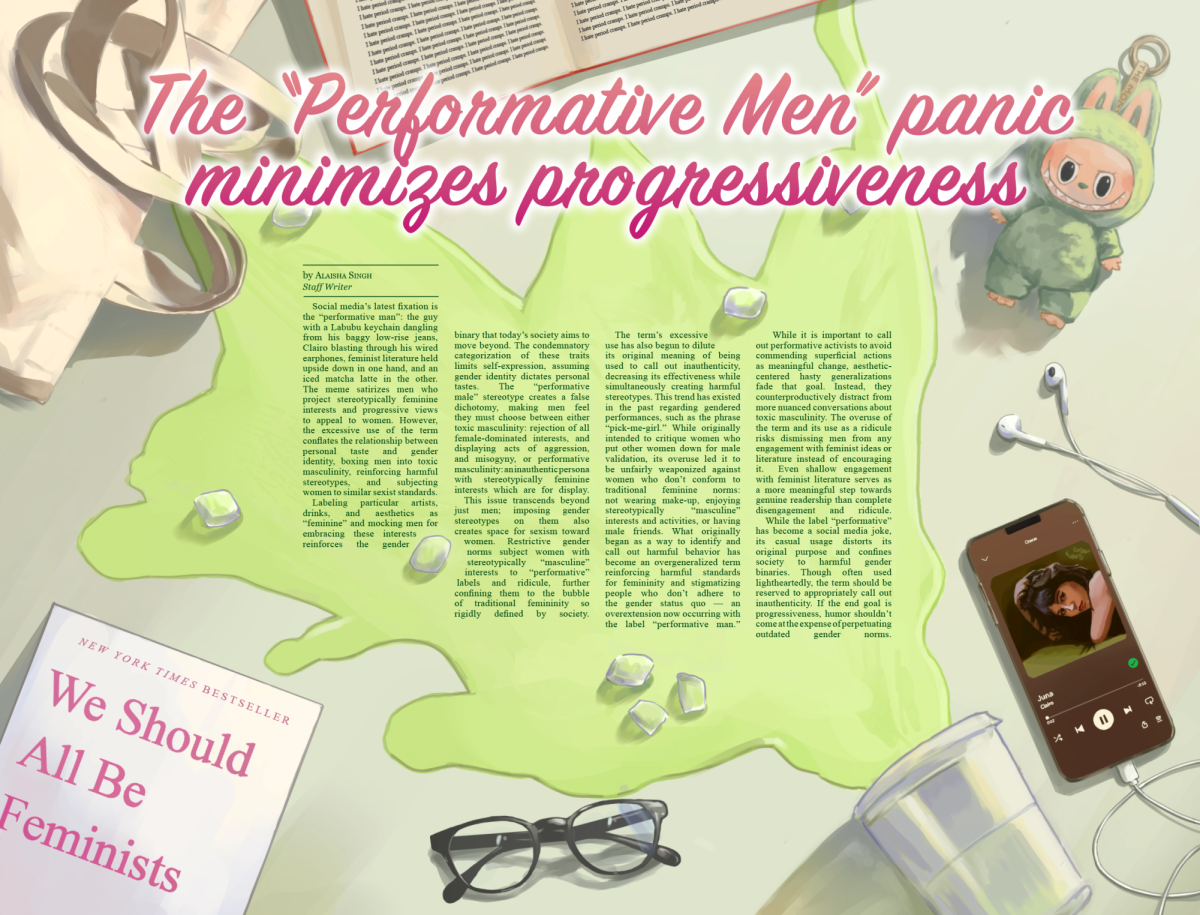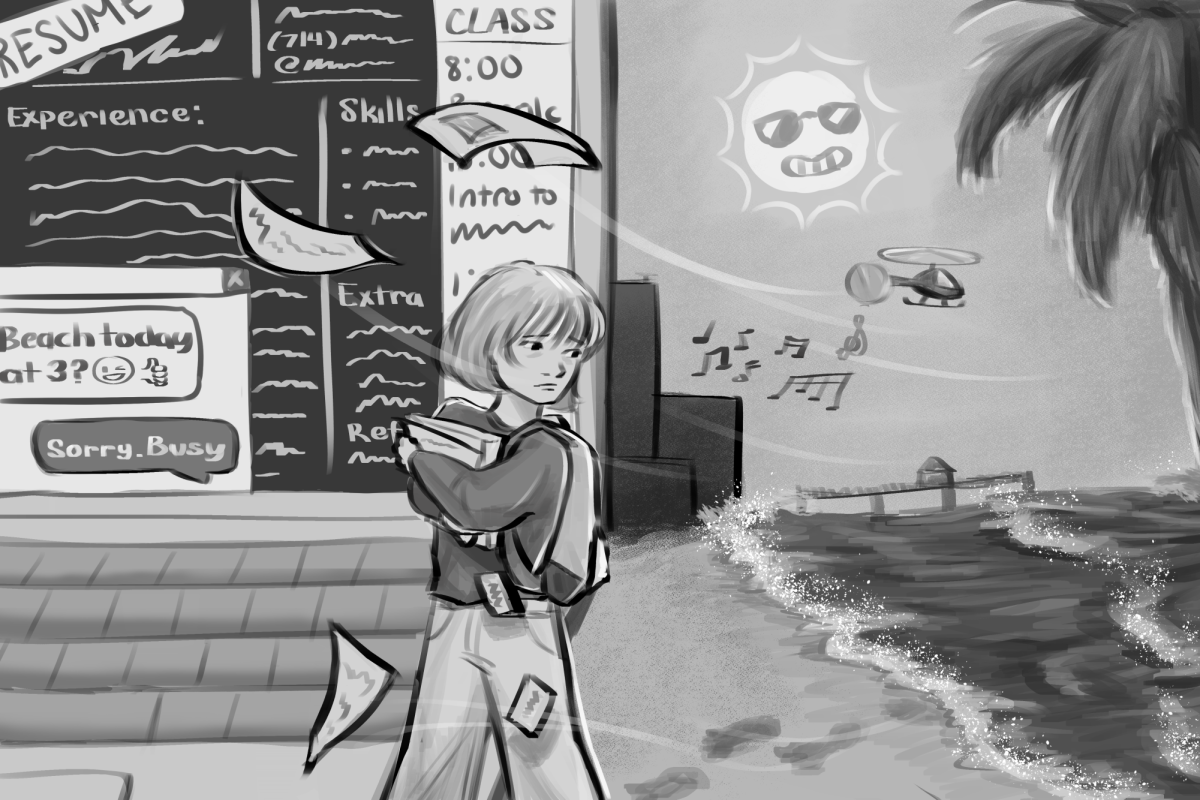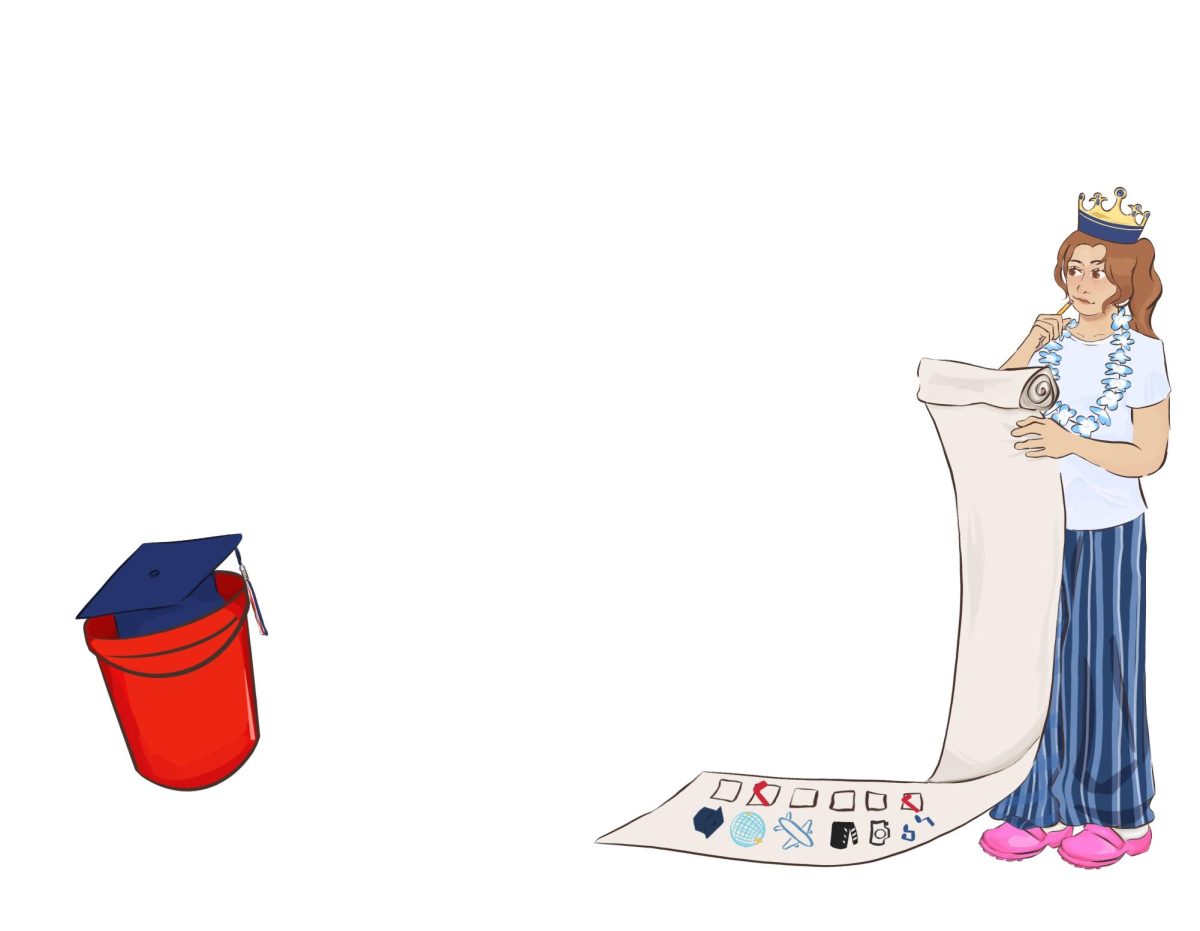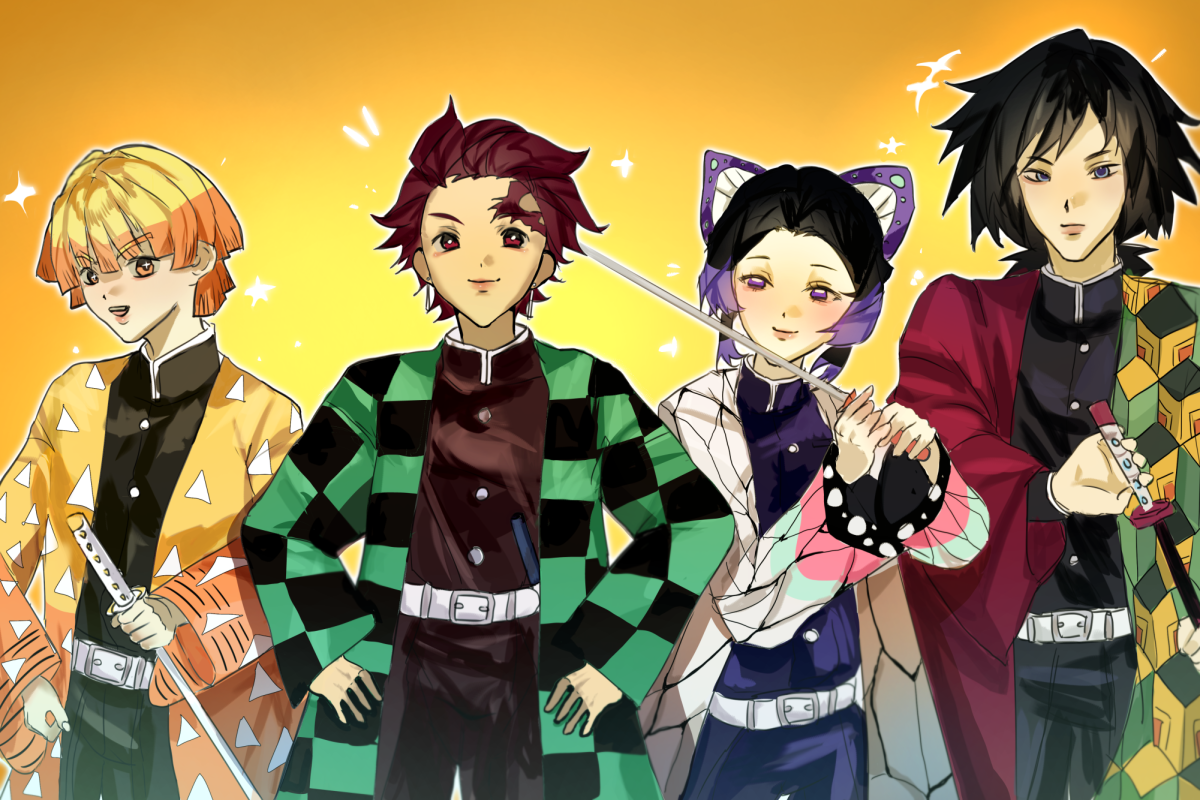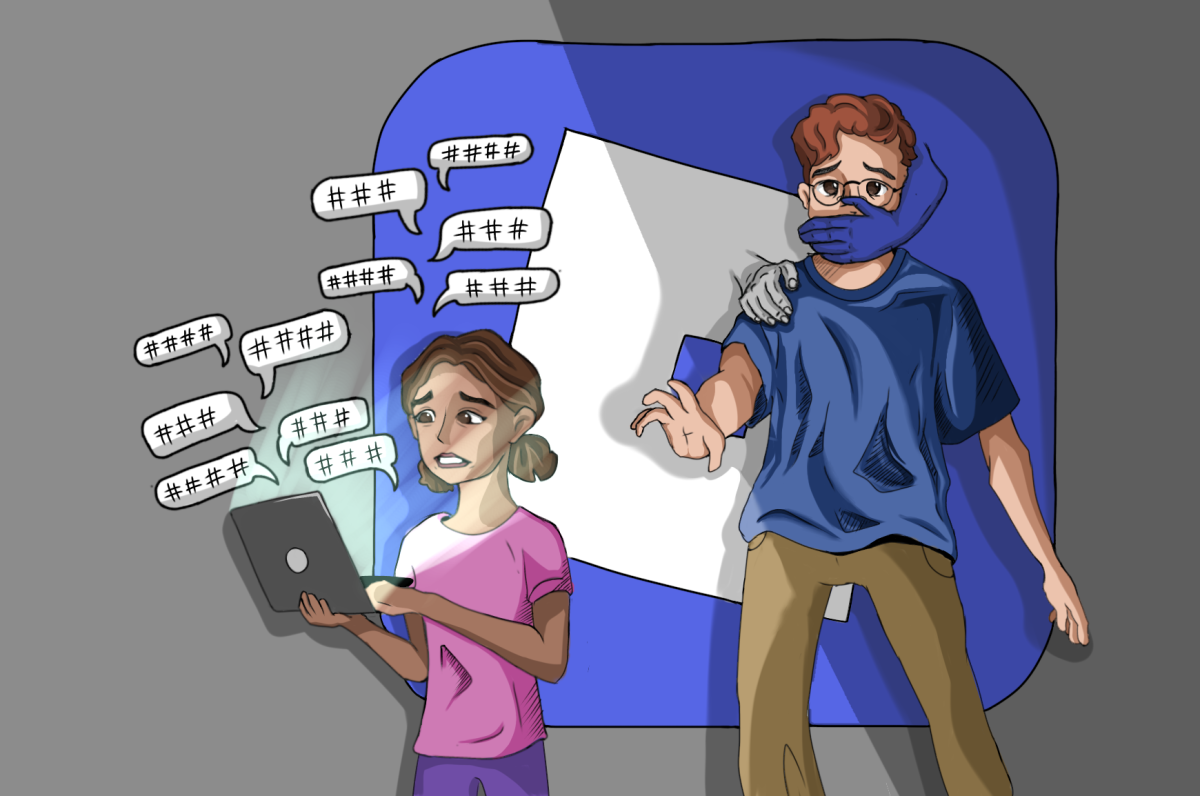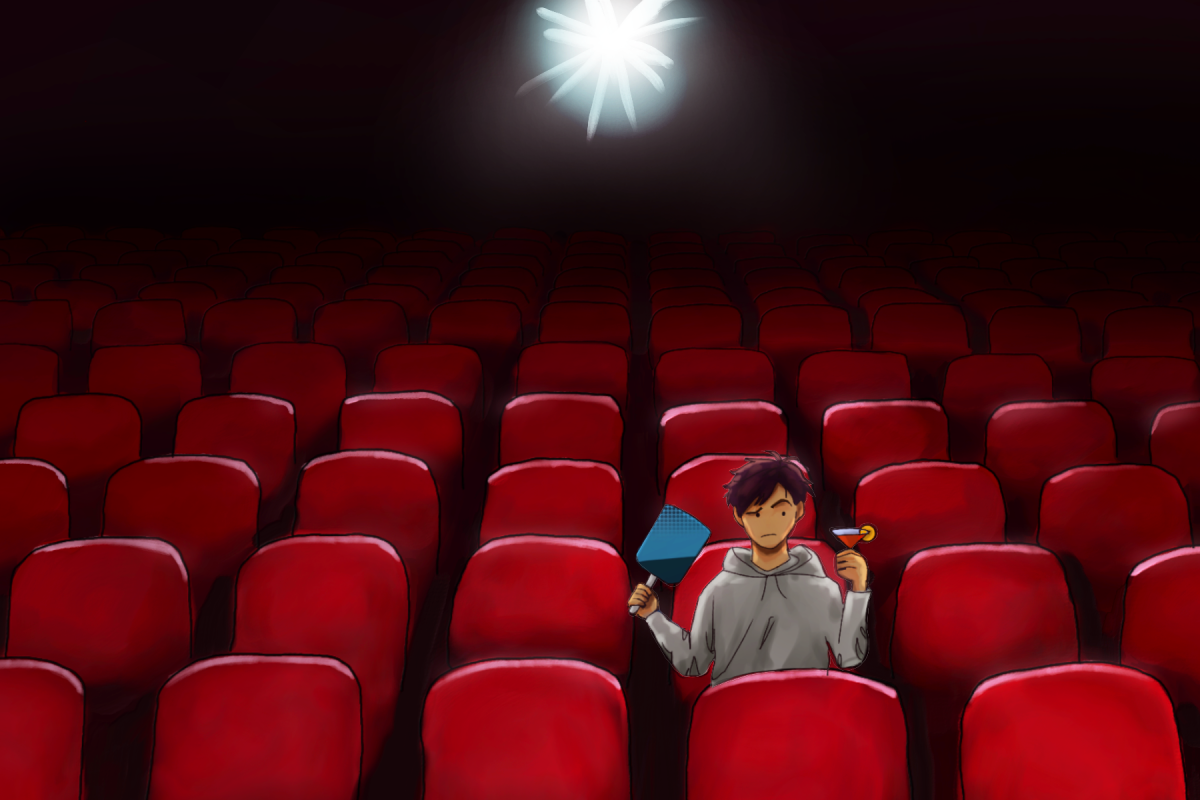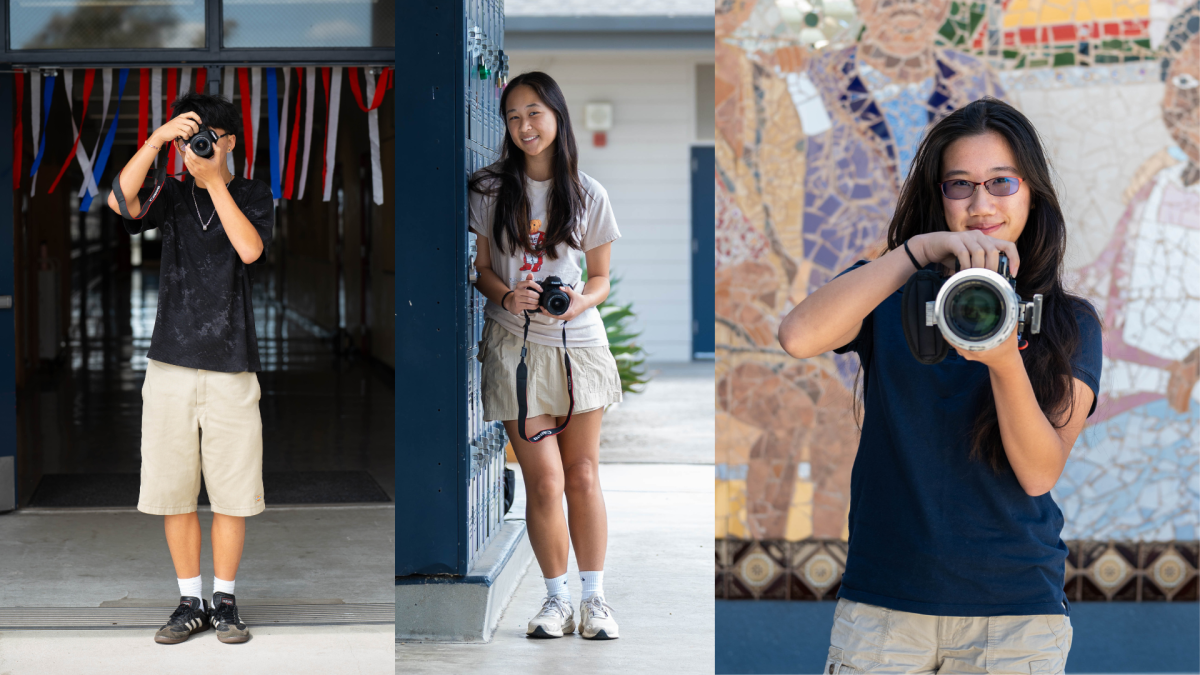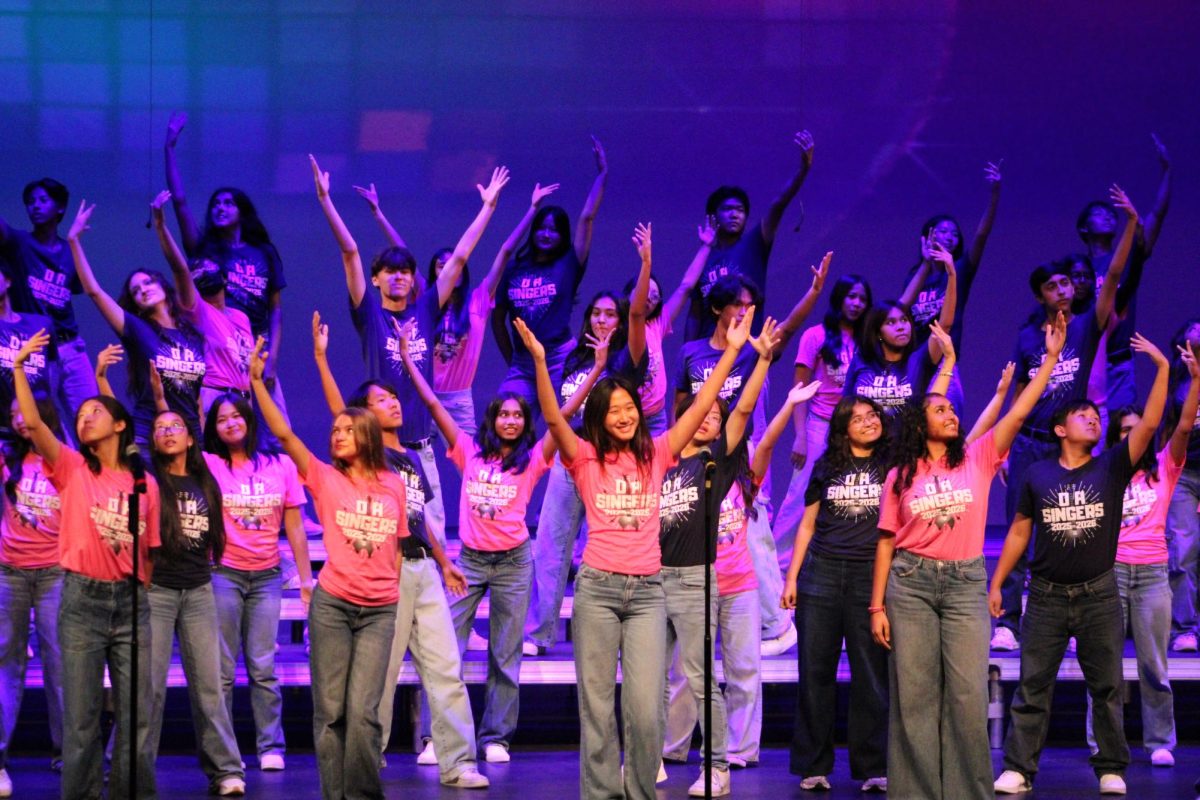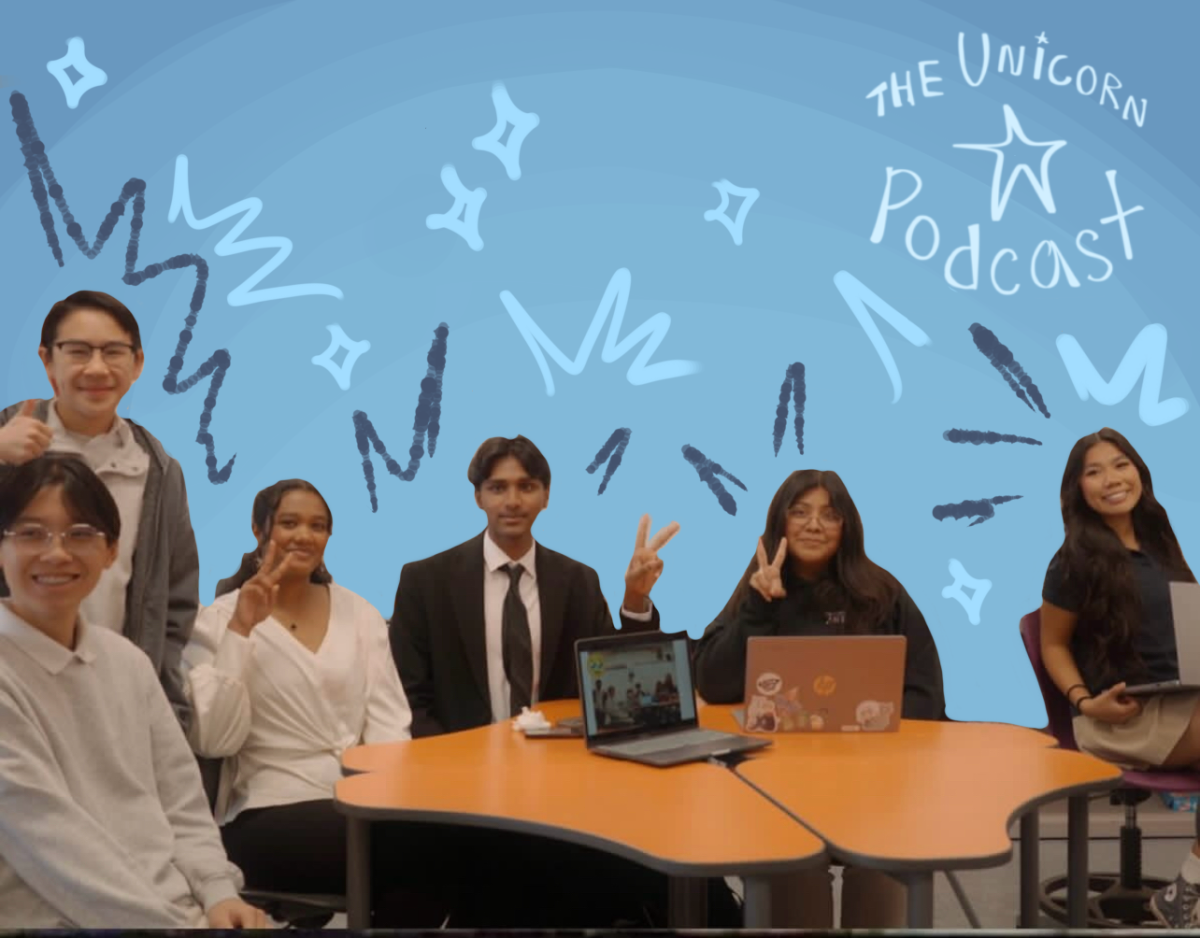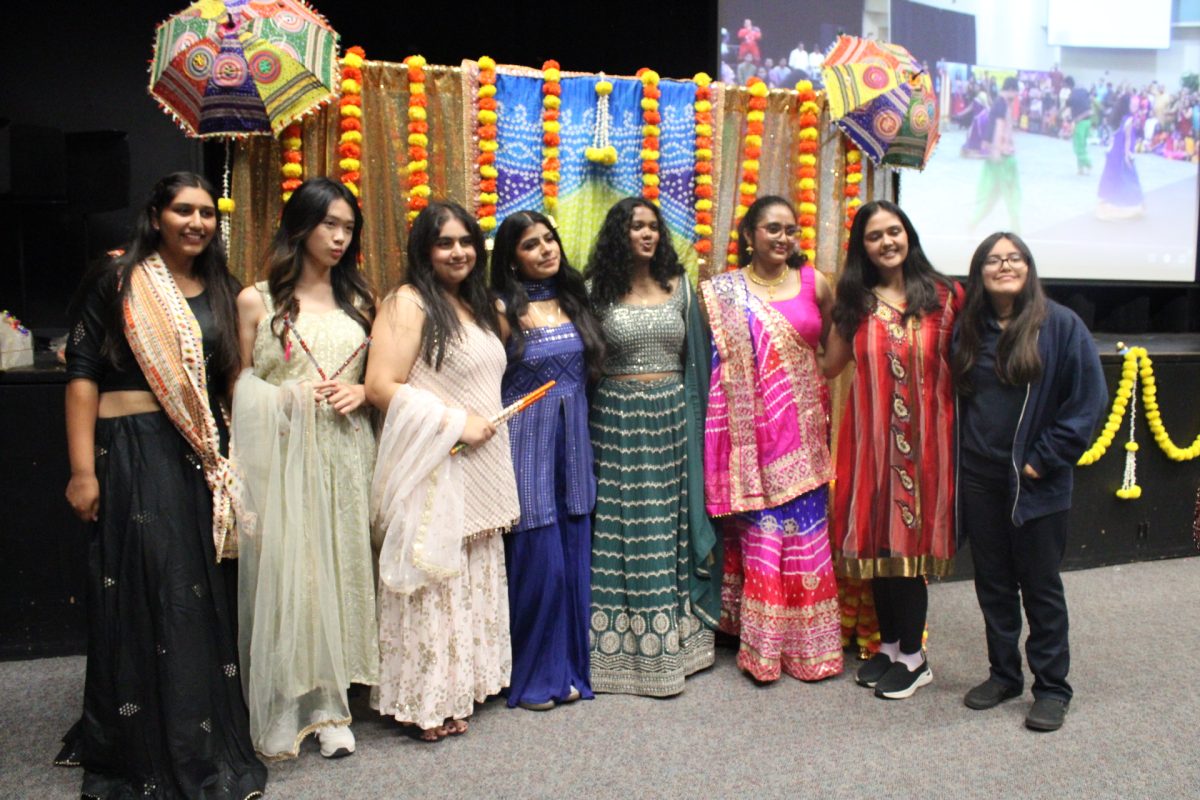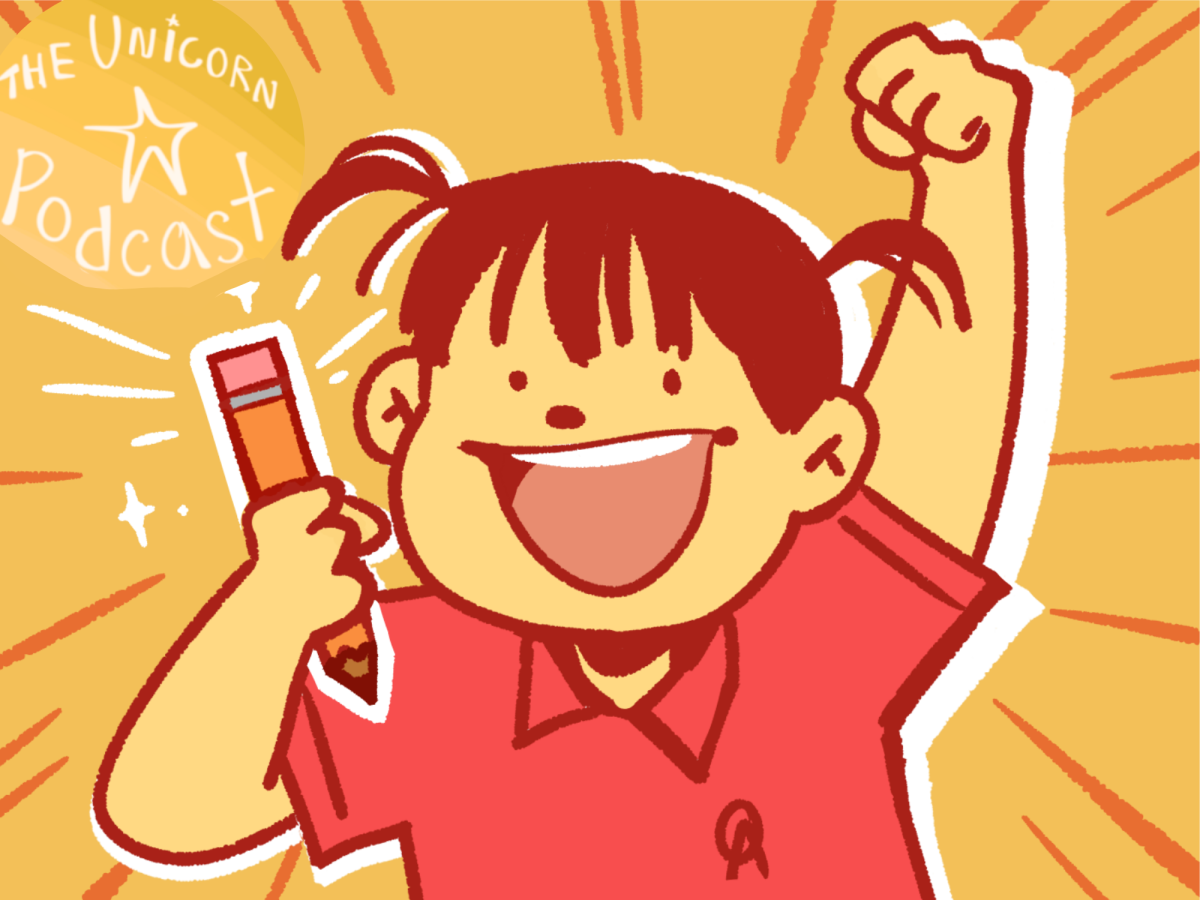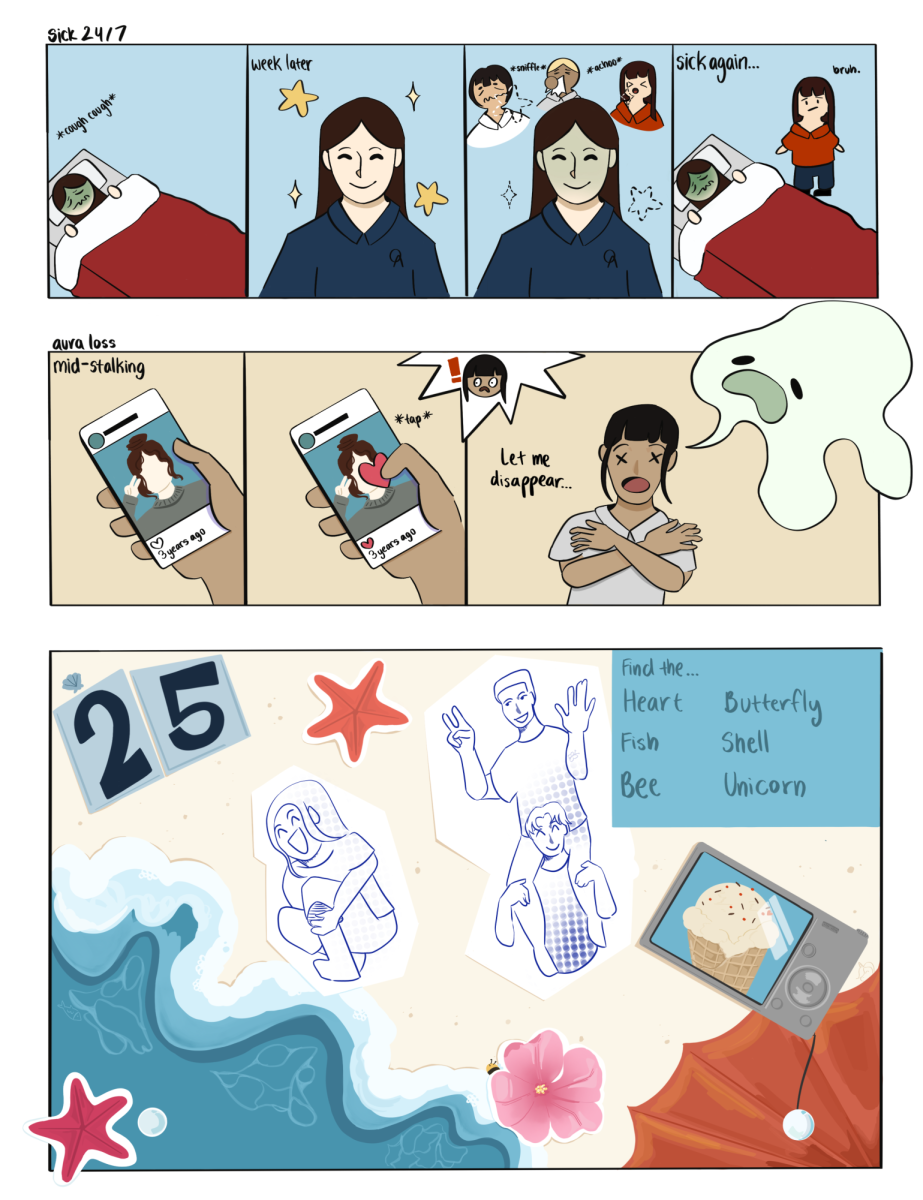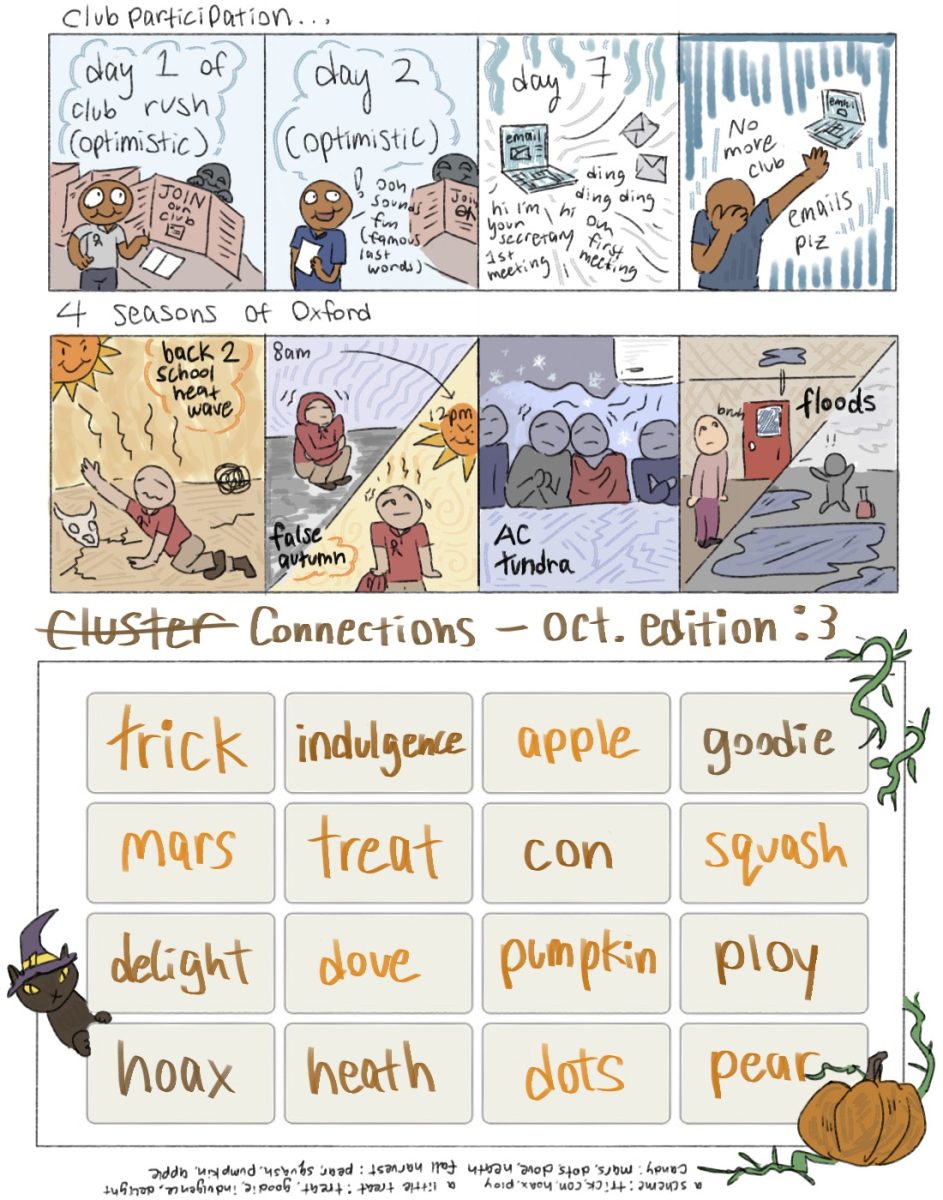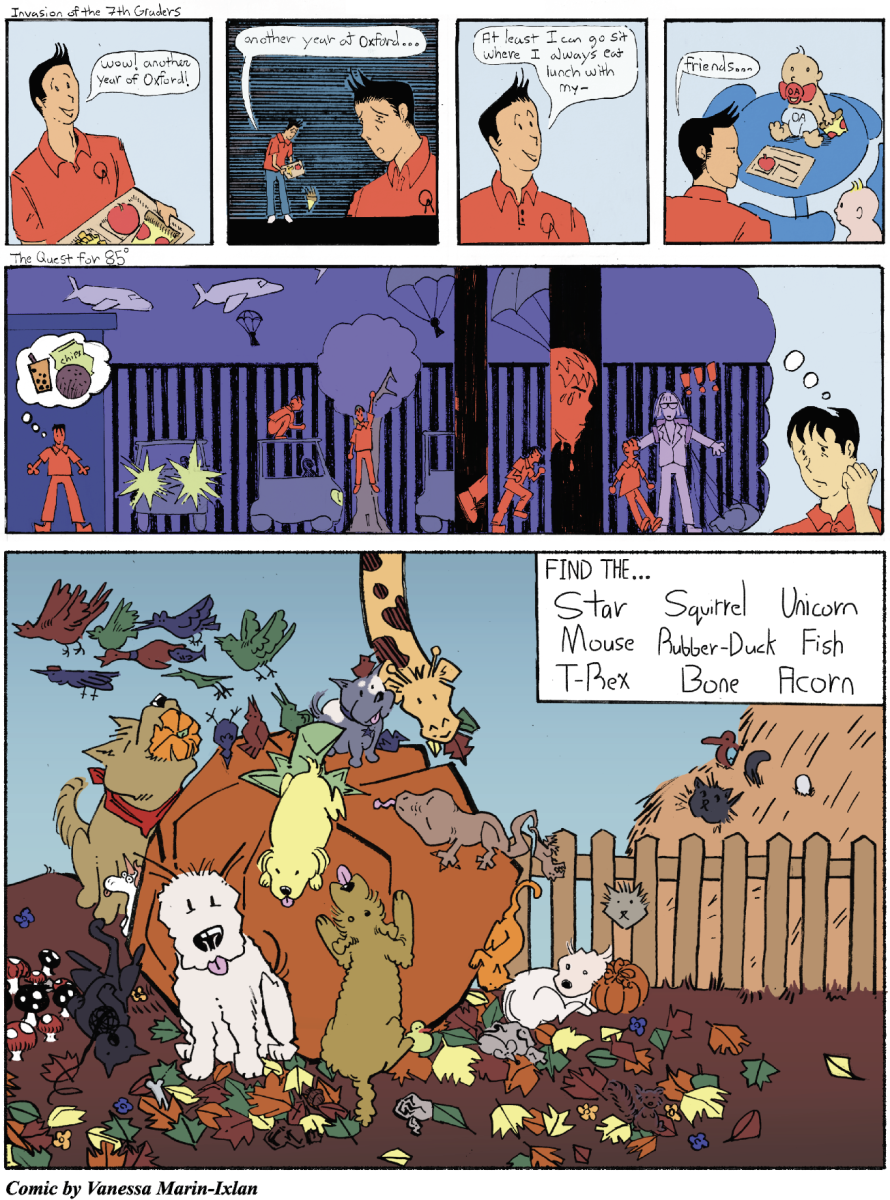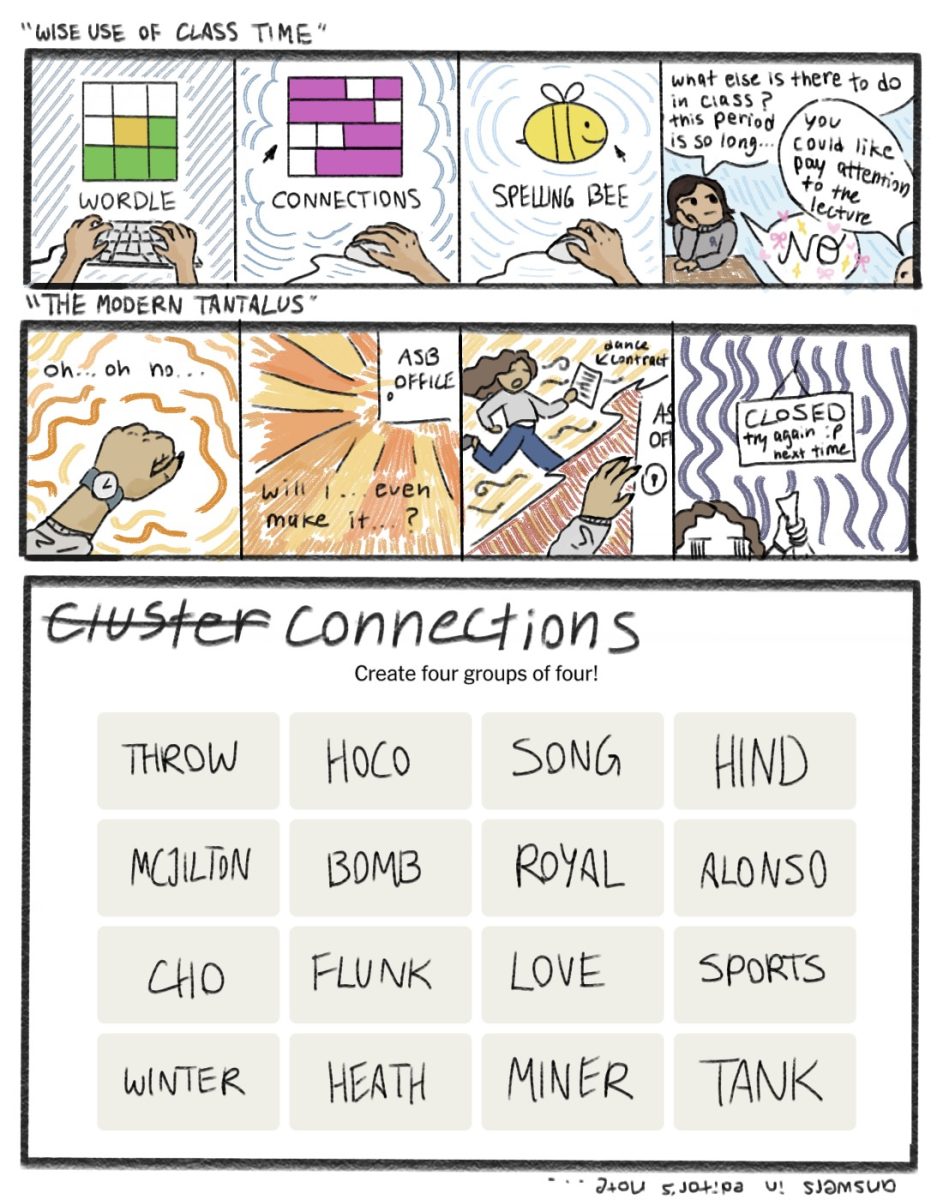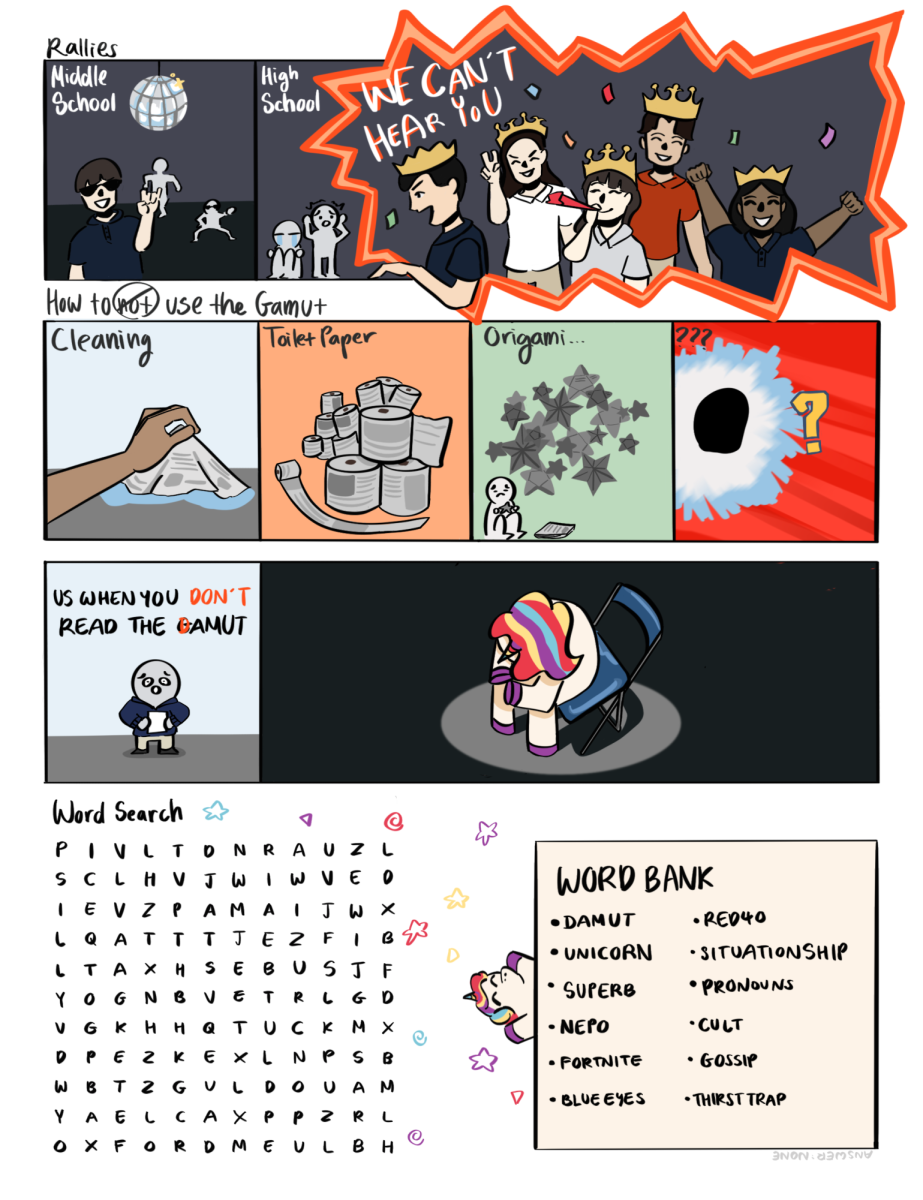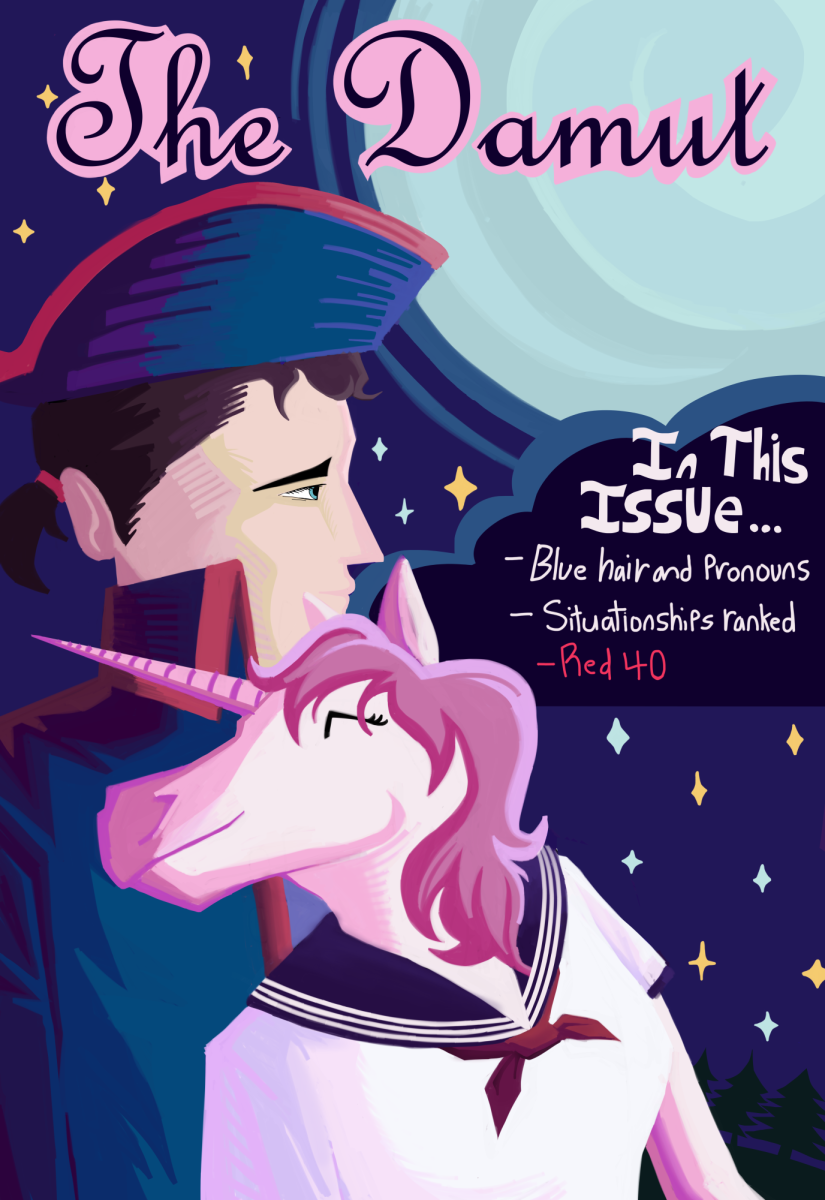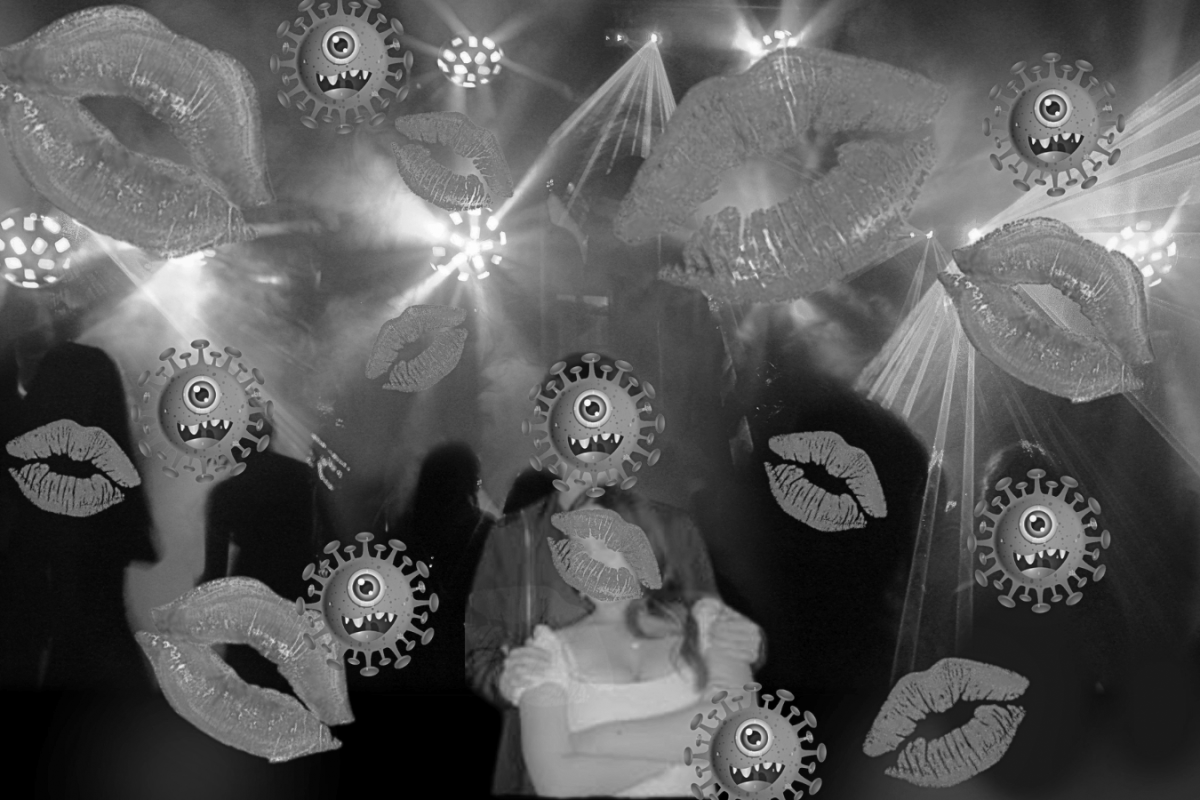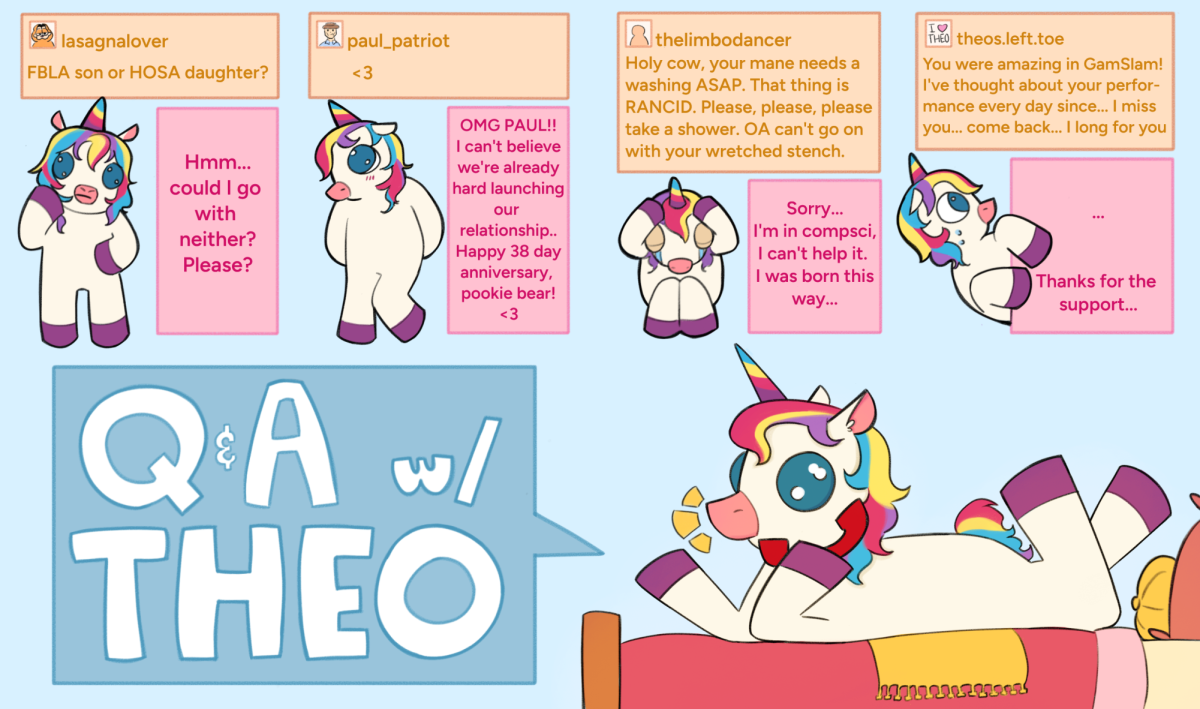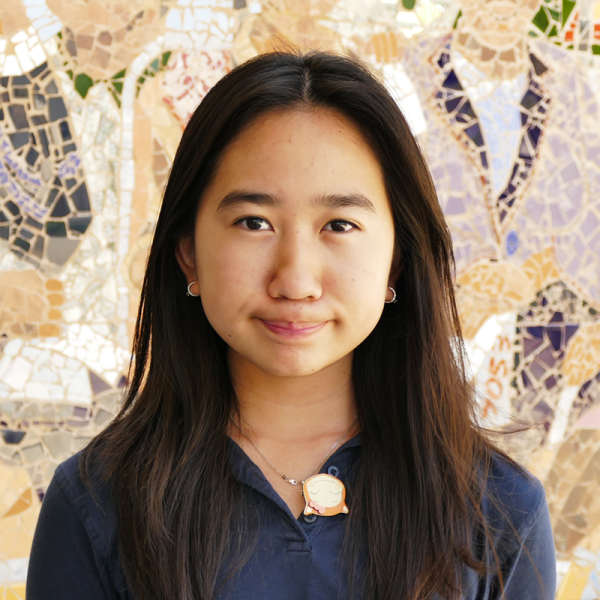In a record-breaking premiere weekend, Demon Slayer: Infinity Castle claims its spot as the highest-grossing anime opening of all time in North America, bringing in over $70 million. Unlike earlier anime movies that stayed within the bounds of their manga origins, Infinity Castle deviates from its source material, elevating it and bringing the manga to life by adding depth to character backstories and motivations, utilizing breathtaking visuals, and an evocative soundtrack.
Infinity Castle continues the Demon Slayer franchise, based on Koyoharu Gotouge’s dark fantasy action manga and animated by the studio Ufotable. The story follows Tanjiro Kamado, a boy whose family was killed by demons and whose sister was turned into one. He joined the Demon Slayer Corps to defeat the demon king Muzan Kibutsuji and find a way to restore his sister’s humanity.
The film opens with the demon slayers falling into the Infinity Castle — Muzan’s labyrinth of shifting halls and endless chambers. Characters are thrown into chaos as the castle swallows them whole, setting the stage for brutal battles ahead. The movie balances relentless combat with flashbacks, capturing the emotional weight the characters face. Each fight is beautifully choreographed, reflecting each combatant’s philosophies by forcing them to confront their own weaknesses.
Throughout the film, Tanjiro continues to embody resilience and compassion. He combines his strengths with Giyuu, a master swordsman who originally recruited him to become a demon slayer, depicting their growth as a team as they strive to honor those who have fought for them.
The production’s strength, though, lies in its exploration of supporting characters. Previously a comic relief character, Zenitsu, one of Tanjiro’s best friends, transitions into a courageous individual. When he encounters an old rival, he unlocks his full potential by developing an original fighting technique in one of the most highly anticipated scenes.
The movie also addresses fan criticism of Shinobu and her capabilities; a female Hashira whose lack of physical strength prevents her from decapitating demons. Instead, she relies on her pharmaceutical expertise, using poison and speed as her weapons. The film highlights this unique style, remaining true to Shinobu’s character and elevating her strength.
Visually, the studio’s animation, a blend of 2D and 3D elements, and dynamic camera movement immerse viewers in the world of Demon Slayer — especially in Zenitsu’s climactic battle, where his lightning-fast technique is brought to life with electrifying precision. The movie’s soundtrack and the performance of the Japanese voice cast deliver a remarkable emotional range, perfectly framing every situation.
A cinematic masterpiece, Demon Slayer: Infinity Castle effectively delivers art, emotion, and action. While the final arc’s animation is unfinished, the fight scenes have already shown the impact of each character towards defeating Muzan. If the subsequent films meet the bar set by Infinity Castle, the trilogy may set a new benchmark for all anime films.




